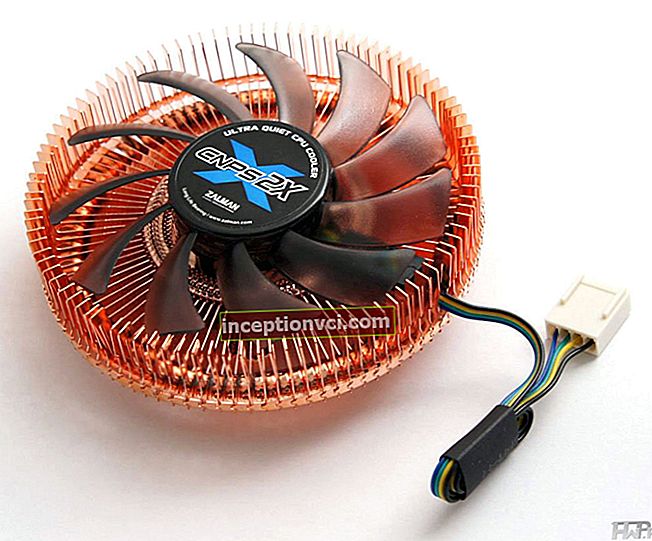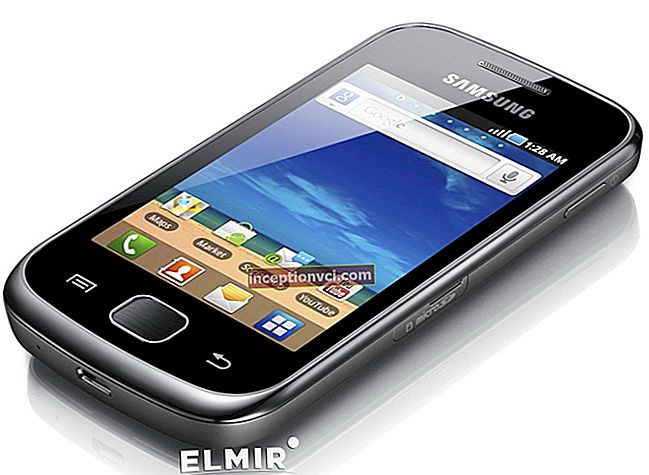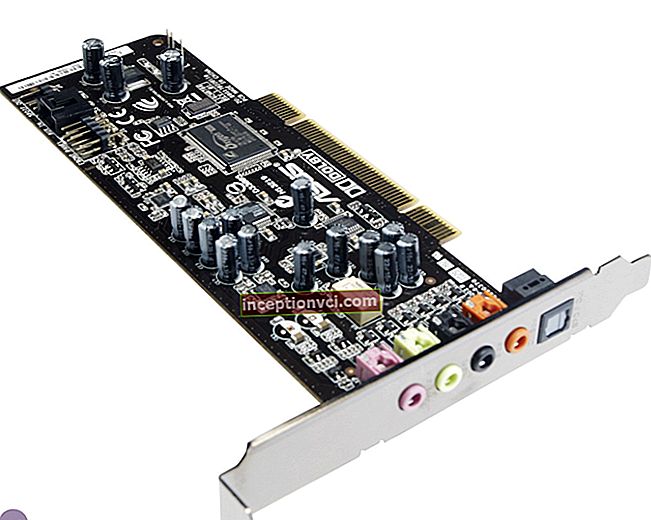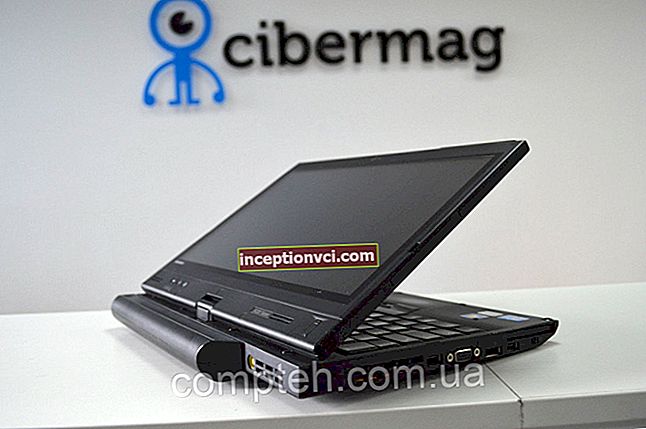- Total magnification: no more than 1500 times
To observe cellular and microbiological samples, a magnification from 1000 to 1500 times is sufficient.
- The magnification of the objective and eyepiece: advantage over the first
The resulting magnification is the objective magnification (OB) multiplied by the eyepiece magnification (OC). But OB is responsible for the detailing of the picture, so its share in the final increase should be maximum. For example, if you need to get 1500x, then OBHOK = 150x10 is better than OBHOK = 100x15.

- Curvature and chromatic aberration correction: choose a plan-achromatic lens
Optical lenses deflect different wavelengths of light at different angles. As a result, a colored halo appears at the edge of the picture. Lenses also distort the field of view, blurring the contrast. The achromatic lens corrects the image in two wavelengths and gives a clear picture over 70% of the field of view. Planachromatic - completely eliminates all distortions.
- Advanced features - additional services for customers
Additional objectives and equipment will allow for phase contrast, fluorescence and other types of studies. Also, a popular service is the printing of images - for this you will need a trinocular attachment to install the camera.
How to choose a microscope for your child
Let's not confuse this question with how to choose a children's microscope. Here we will show you how to choose a microscope for your student.

If a child needs a microscope to perform ordinary tasks, a device with a magnification of 400x will suffice. It allows you to consider the multicellular structure of biological tissues and the structure of the cell. And the legendary cells of the bow can be seen at a lower magnification.
In order not to spend money on a useless device, choose a device with glass optics and achromatic image correction.
If the child is carried away by serious science, the requirements for his microscope should be close to professional ones. These are outlined in the section above. Let's add that it is better to have a set of lenses with different magnifications to cover a wider range of tasks. Take care of the vision of the young naturalist: take only a binocular device.
A microscope connected to a computer gives a very "cool" ability to display an image on a monitor and save it in digital form.
How to choose a microscope for soldering: reviews of experienced electronics engineers
«I have both an optical and a Yuesba microscope. Optical work is convenient in the sense of soldering, it is impossible under Yuesby: digitization gives a delay, it is very difficult to synchronize actions and images. For demonstration, Yuesba is the best thing: to photograph or shoot the process. Optical should be chosen with the maximum ability to remove both from the object (in height) and the ability to move the object under consideration of a large area, often the first Chinese microscopes allow, but for the second it is necessary to modernize the design. The medical one will not work, since the focus is very small - not to crawl between the object and the lens, but you still need to fix the object.
With regards to the magnification ratio, the more, the better, although it is necessary to be able to change the magnification. 20, 40, 80 is good, but sometimes less does not interfere.»
User bocem, kazus.ru
«Mass microscopes can be roughly divided into biological and stereo (instrumental) microscopes. Biological ones are not suitable for soldering - too large an increase.
Optimal, in my opinion, is a Chinese stereomicroscope with two fixed magnifications (x10, x30).
A camera-based microscope is not very good - look at an object with two eyes through a stereo microscope, and look at the image on the screen from a cheap camera, you will immediately feel the difference. There is also a significant difference in the positioning of something under the microscope visually and through the screen.»
Adviser user, kazus.ru
How to choose a children's microscope: 5 criteria
Most children's microscopes are pain. Because they represent an attempt to cram the unpushable. However, there are also successful models among them.

Here are 6 simple criteria for choosing a microscope for toddlers:
- the maximum total magnification is about 100x;
- separate lenses for objective and eyepiece;
- smooth focus adjustment (lenses inside the body do not "jump");
- LED backlight;
- stability on a horizontal surface;
- preferably glass lenses.
Watch a video life hack how to make a microscope from a mobile phone









